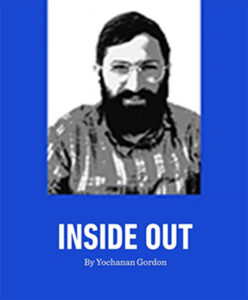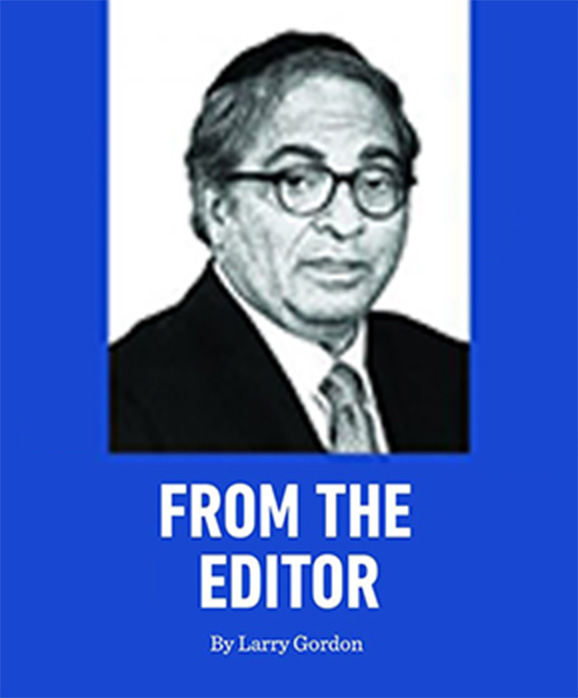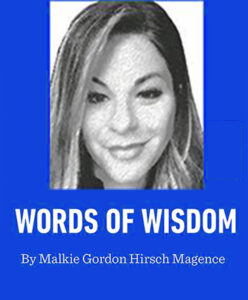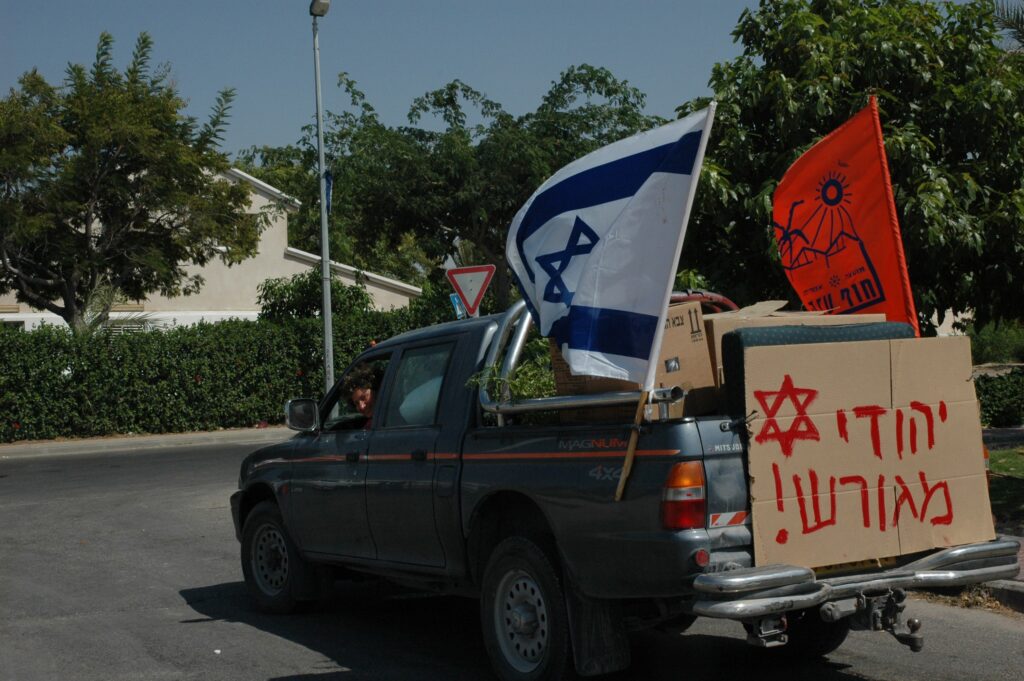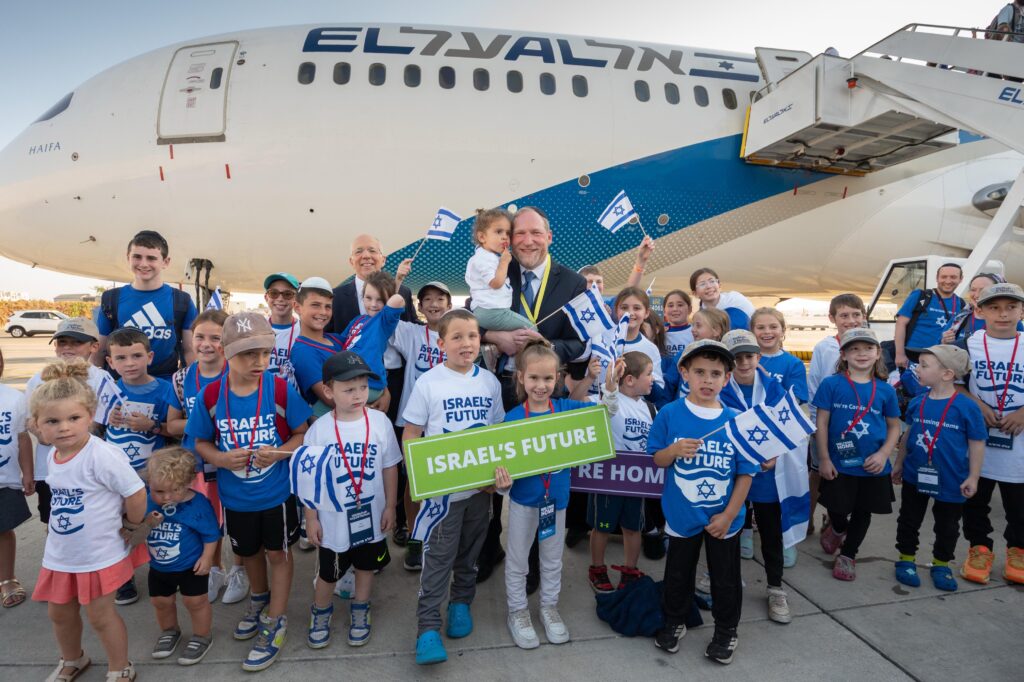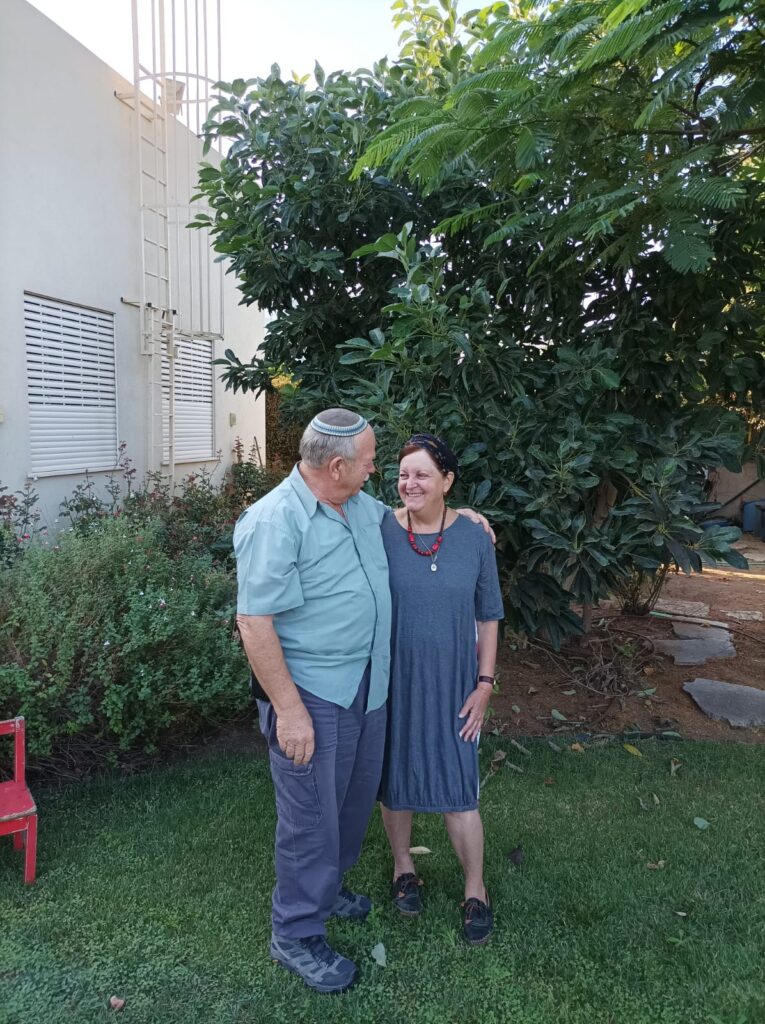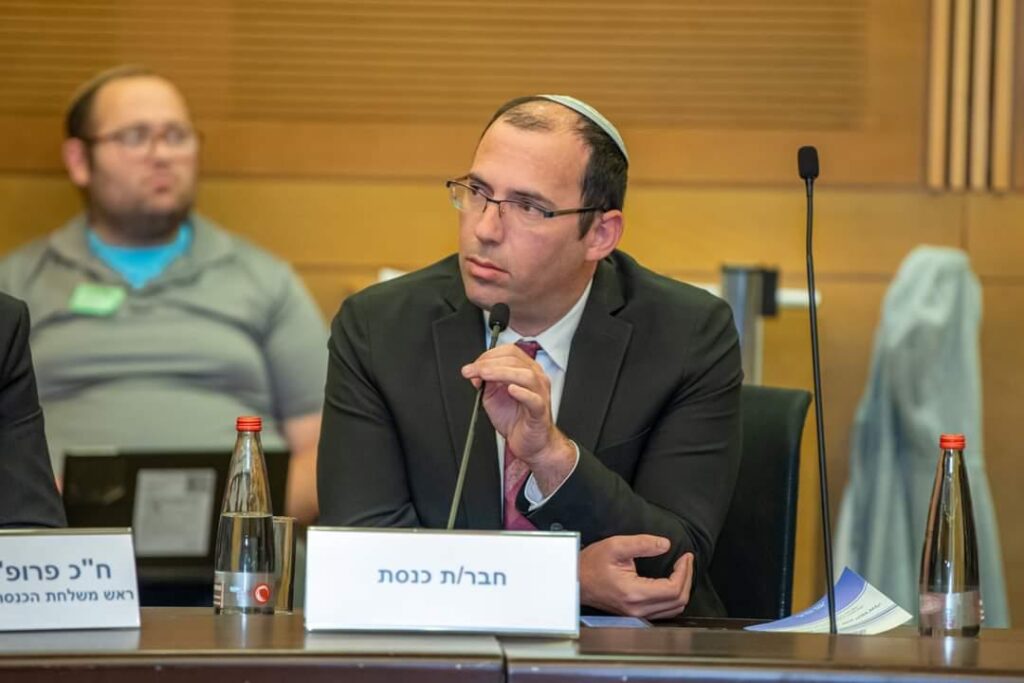A Photographer And Spokesperson From Gush Katif Speaks 20 Years Later
By Debbie Rosen
As told to Toby Klein Greenwald
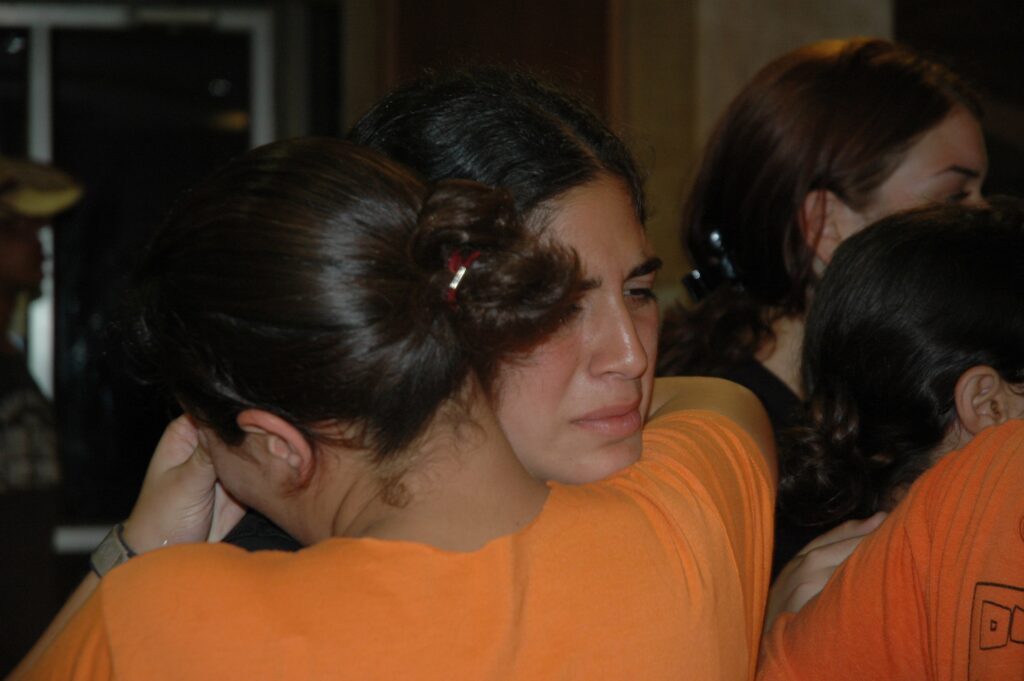
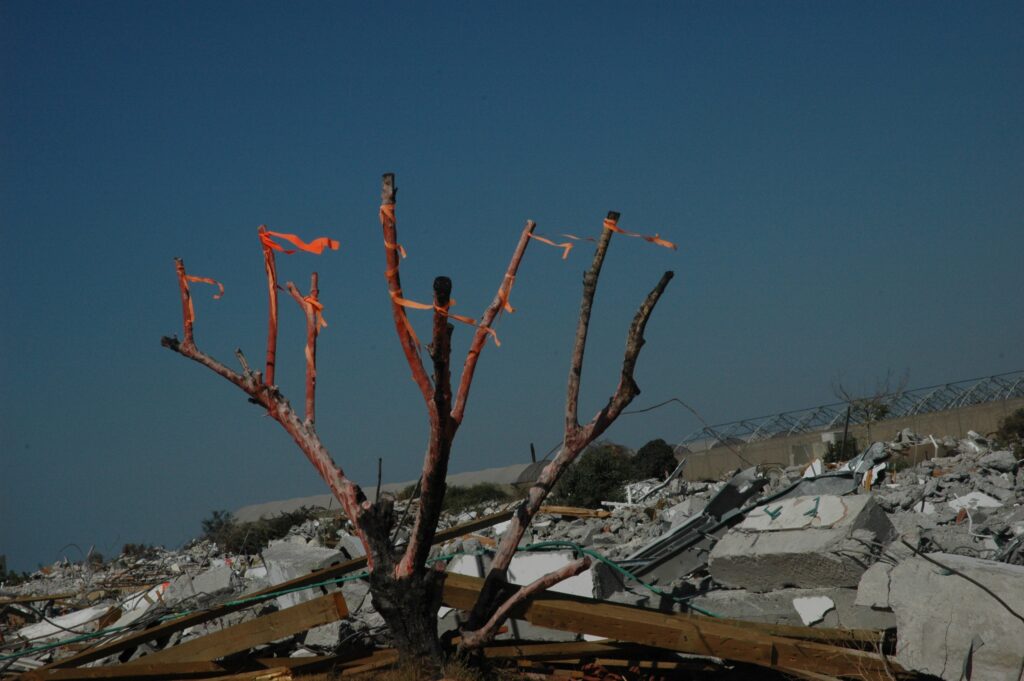
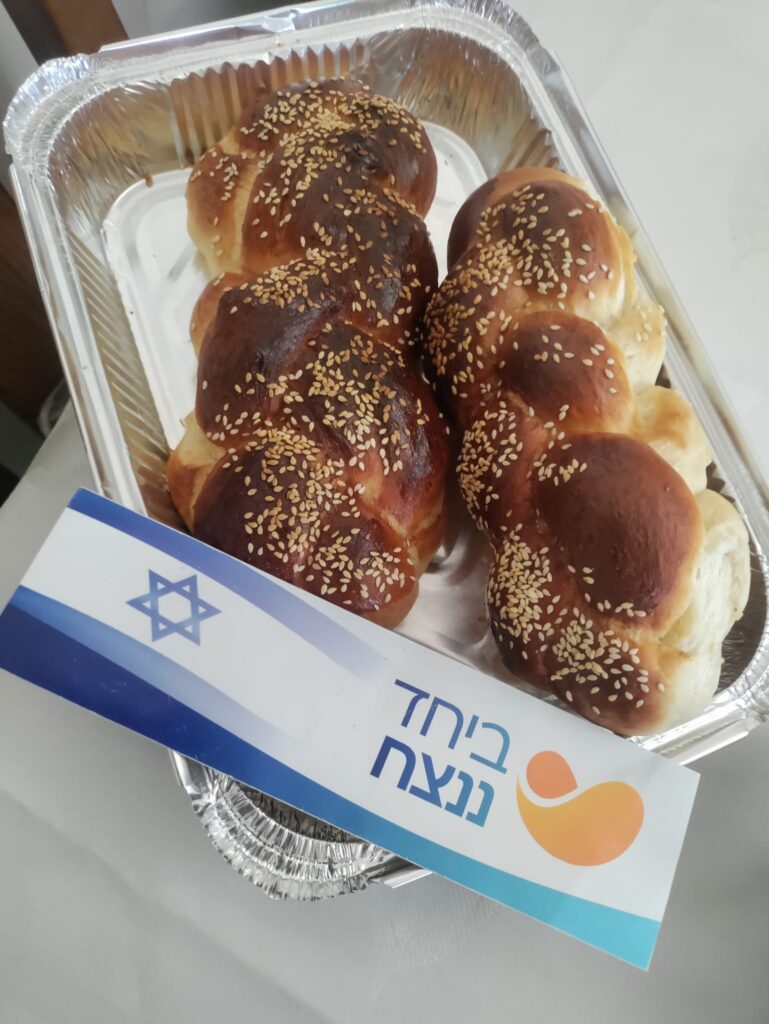
I met Debbie Rosen when she participated in a creative writing course I gave the women of Gush Katif in 2003-4. Later I saw with what aplomb and wisdom she handled the foreign and local press leading up to the destruction of Gush Katif – TKG.
I was born and grew up in Jerusalem and studied History and Education at Hebrew University. My now ex-husband had studied at the yeshiva of Yamit in the Sinai. It was evacuated in 1982. We got married in 1985. He fought in the first Lebanon war.
We arrived as a young couple in Gush Katif. In the beginning, we lived in Moshav Katif, because there were less than ten families and they were looking for young couples to strengthen the community. We lived there for two years, during which time I gave private English lessons.
There were some families that wanted to rebuild Kfar Darom. It was first settled in 1946, abandoned following a three-month siege by the Egyptian Army in the summer of 1948, became a Nahal outpost in 1970 (following the Six Day War), and a civilian community in 1989. Other towns in Gush Katif started out there until their communities were built.
Later we joined some families in the temporary Atzmona next to Rafiah Yam. Our rabbi was Rabbi Shimon Biran, who was stabbed to death in 1992 by terrorists; he was buried in the cemetery of Gush Katif and after the uprooting, was reburied on the Mount of Olives.
After living there for several years in a caravan, with beautiful scenery with a view of the sea, we moved to Neve Dekalim in 1985.
There I worked in Midreshet Hadarom, in Zionist educational seminars. Schools came from all over the country for a week. They worked in greenhouses, studied, and the high point was Shabbat, which was incredibly spiritual. My job was marketing the program and being the contact person with the schools.
Later I worked in hasbara in the Gush Katif municipality. I was the spokesperson, together with Eran Sternberg, from 2000-2005, working with both the foreign and the Israeli media.
From after Rosh Hashanah 2000, the Arabs of Gaza started shooting from Khan Yunis into the Neve Dekalim industrial zone; all together more than 6,000 mortars and kassam rockets were fired into our Gush communities.
I always loved photography and decided to study it professionally, in Michlelet Hanegev. It was fascinating to meet all the people from the kibbutzim near Gaza. During this war, that began on Oct. 7, 2023, I recognized people from Kibbutz Nir Am and Kfar Aza, who had studied with me, and I thought about the trauma they had endured.
In the time leading up to the uprooting of Gush Katif, Alex Levac, a world class photographer, and Daniel Ben Simon, a reporter—both of them worked for the left wing Haaretz newspaper—came to photograph and to write about the impending evacuation.
We had a very good relationship with all of them, even though they were from “the other side.” Alex loved my photographs; he also came to visit me later in Nitzan. I like to keep in contact with people who I’ve met along the way. He was the curator for a photography exhibit of my work on Gush Katif, that was exhibited in Raanana after the uprooting.
After the evacuation from our home, we were sent to the Shalom Hotel in Jerusalem and were there for five months; it was very difficult. It’s nice to be in a hotel for a week or two, for a vacation, but not when you have no home to return to.
Then we were sent to what was supposed to be a temporary village, Nitzan, to live in caravillas (caravans) with a plan that a year or two later we would build permanent homes nearby. That was almost twenty years ago. My husband and I were in the process of getting divorced and we completed the divorce after we were already in Nitzan.
I still live in a caravilla today; I cannot afford to build a house, though I have tried to make it a home.
I studied to be a tour guide, and I love it, but we all lost our jobs during COVID, and then again, during this war. I used to get large groups from cruises that came to the Ashdod port, and from the Maccabiah, and then everything stopped.
I took a retraining program from the Ministry of Education for those who already have BA’s or MA’s, to become a teacher. Today I teach English, Tanach and Literature, and am also the head of informal education, in a school for teens at risk. I feel it is real shlichut, a real mission.
I have six children—three boys and three girls. My three boys were young children when we were removed from our home. My sons have been in Gaza, as soldiers, in the places where they had demonstrated against leaving Gush Katif. Two of my sons are in an elite combat unit and one does non-combat work in the Air Force. One of them was also on Mount Hermon, and fighting terrorists in Yehuda and Shomron.
The combat soldiers, and their friends who had fought with them, went to Sri Lanka in February-March 2025, to surf and to “clear their heads” after many months on reserve duty. They went looking for the great waves over there.
I have three daughters, and one of them lives in Tekuma, that was evacuated during this war. Her mother-in-law, who also lived in Tekuma, passed away from cancer and the funeral was on October 6, 2023. They had to leave their home when the war began and stay somewhere else for two months. They wanted to come back home but instead they loaned their home to 15 soldiers, who were stationed there, so they would have better conditions than living in tents.
Today, Tekuma is the location of the “car graveyard” of those who escaped the Nova festival.
Soldiers in this war met with psychologists at the end of their reserve duty; I’m sure that they still have a lot to deal with in their memories, with everything that happened there. The ones fighting in Gaza were without their telephones, and when they came out, they discovered which friends had fallen in battle. This was very painful for them but they had to keep fighting…I know that there are things that I can’t help them with, and I know that there are memories from the war that they can’t delete, and they’re going to live with them now; they will always be on their hard disks.
In addition to writing for a weekend Shabbat paper called “Matzav Haruach,” I continue to photograph; I love taking pictures of nature and people.
It gives me the shivers today to recall that in the summer of 2022 I participated an exhibit called “Adama A-Dam” – “Earth Man” [the word “A-Dam” has a hyphen to highlight “Dam” which means “blood”] – in Beit Yad l’Banim, a soldiers’ memorial center, in Rishon L’Tzion.
One of my photos is of a wall, meant to protect ammunition storerooms, right next to a wheat field, built by the British in WWII to defend the southern border of Eretz Yisrael from the German invasion.
The wall is in Kibbutz Be’eri.
Faith gives me strength. We have to learn that we can’t control everything in our lives, and that we cannot take anything for granted. I am grateful in spite of everything we’ve gone through, Baruch Hashem, every minute, and that my three sons came home alive from the war.
We have to be grateful for everything.
The writer has close and extended family who lived in, and were uprooted from, Gush Katif. She is an award-winning journalist and theater director. A shorter version of this article originally appeared in Jewish Action (Summer 2025).
